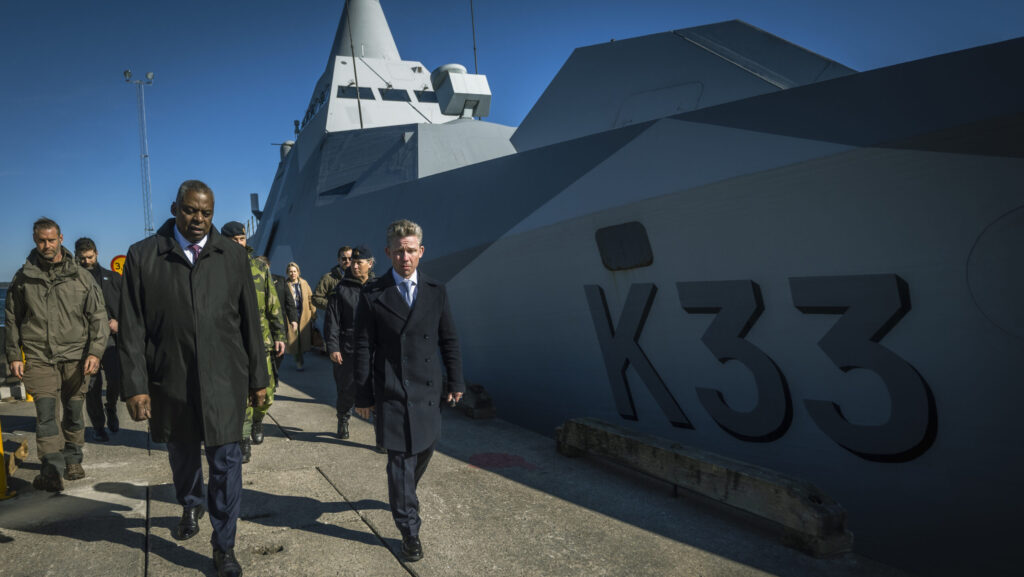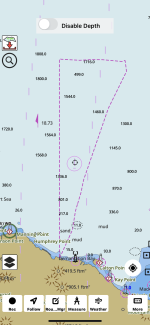- Reaction score
- 8,050
- Points
- 1,160

Sweden goes all-in on NATO with new deployment proposal - Breaking Defense
"This is a historic decision," Foreign Minister Maria Malmer Stenergard said at an event announcing the Swedish government's new plan.
The proposal requests that the Riksdagen (the parliament) should green-light the government to be ready to roll out a beefy Swedish military force — up to 1,200 troops from ground, special ops, and amphibious units, plus six warships complete with crew, and a fleet of up to 24 fighter jets [AM1] (25 percent of the overall fighter fleet) — to back NATO deterrence operations in the North Atlantic, through the end of 2025.
To be clear, Sweden had already pledged a certain number of its forces towards NATO operations. For instance, it had planned to send up to 600 troops to Latvia as part of an alliance mission, side by side with the Danes under Canadian leadership. But today’s announcement would significantly boost the number of forces and materiel being planned for alliance missions.
Just looking at the Latvia mission, the new plan would call for the soldiers to expand up to 1,000, which would consist of “officers and full-time serving soldiers, so we’re not talking about conscripts here,” said Defense Minister Pål Jonson. And the operational area for those forces would extend into Estonia, Lithuania, and Poland.
Sweden
- 10.6 Mio People
- 623 BUSD GDP
- 58.5 KUSD GDP/Capita





